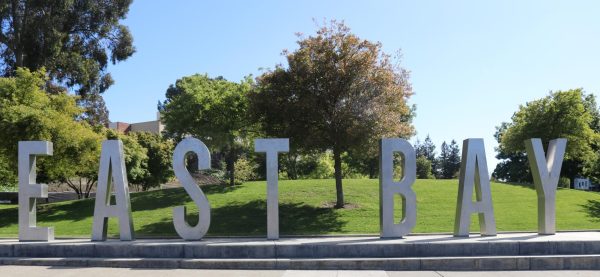Students protest to reclaim the CSU
May 29, 2016
Hunger strikes, protests and even a mock funeral of higher education surged across CSU campuses throughout the state last week in response to a proposed tuition hike.
CSU students protested to “Reclaim the CSU” on May 2 in response to a sustainable financial model that was released by the CSU Chancellor’s task force in February. The report recommended that the CSU Board of Trustees consider implementing system-wide tuition increases in order to keep up with the rising costs of inflation.
“Extended periods without tuition increases are not sustainable without increases in state appropriation to support operations including mandatory costs, enrollment growth and now capital outlay needs,” according to the model. “This is because the university faces inflationary cost increases each year such as health care, retirement, facility and construction, library materials, energy, salary and others.”
During the recession, the CSU lost $1 billion in income and it is still about $180 million below pre-recession levels, explained Chapin.
The model reports that while in past years tuition has spiked by as much as 40 percent, the 2016-2017 fiscal year will be the fifth consecutive year without a tuition increase. This is the CSU’s longest stretch without an increase since 1999-00 to 2002-03, according to the CSU.
According to the CSU Office of the Chancellor’s Manager of Public Relations Elizabeth Chapin, the CSU’s two main sources of income are through state funding and tuition. Tuition hikes would go hand-in-hand with regular state funding increases.
The increase is part of a plan to move away from reliance on public financial support. According to the model, changes in the state budget reserved under the Rainy Day Budget Stabilization Fund Act—or Proposition 2—coupled with a growth in health and human services has caused the CSU to consider alternative funding approaches.
The model doesn’t authorize a tuition increase, Chapin clarified. It was created to open a dialog about fiscally sustainable options for the CSU system.
“The report makes recommendations for a robust financial model in the future that will enable the university to provide future generations of California students with an affordable, quality education,” said Chapin.
The CSU educates over 460,000 students and graduates over 100,000 every year, according to the sustainability report.
The model was co-authored by East Bay President Leroy Morishita, co-chair of the chancellor’s task force, in anticipation of the looming expiration of the four-year tuition freeze. The freeze has held flat over the past few years through regular fund allocations by Gov. Jerry Brown; the most recent one being the $97 million budget increase for the 2015-16 year.
According to Chapin, the CSU has no plans to raise tuition in the 2016-17 year. For the time being, annual tuition at East Bay will remain at $5,472.
















